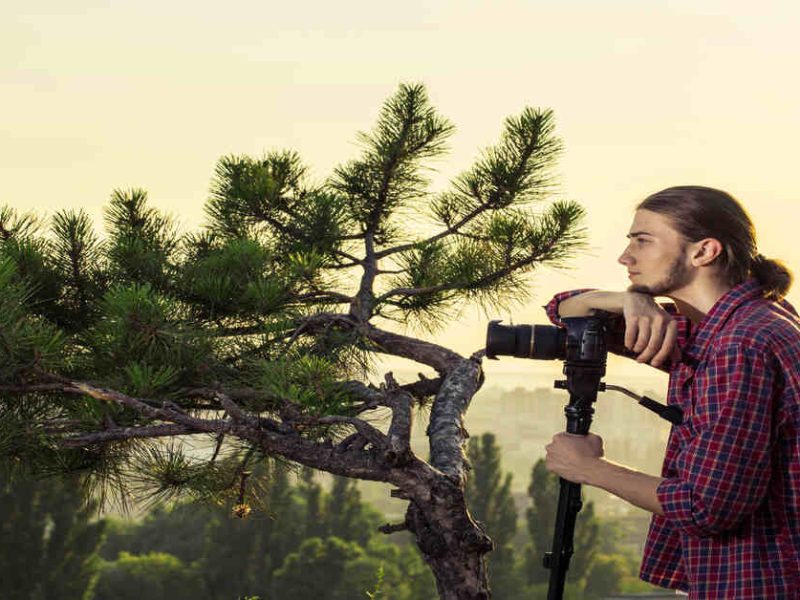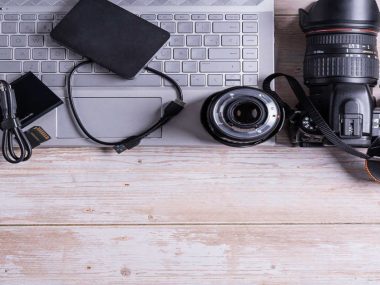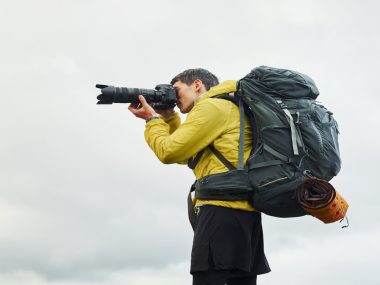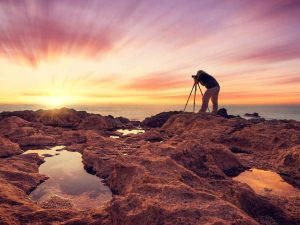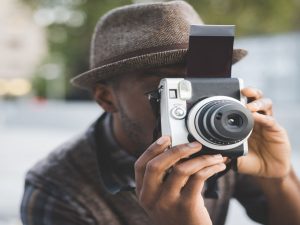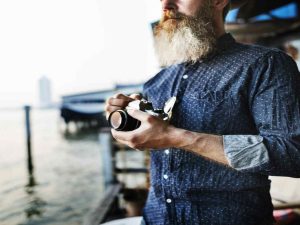Photography is an art and science that must be learned and explored at all times. To both professionals and active amateurs, your techniques can be perfected, and knowledge of the medium can be gained by enhancing your skills and knowledge to create more interesting images and learn more about this fascinating art form. This guide builds on photography basics techniques. The advanced photography tips that will be discussed in this guide are able to bring your work to the next stage in terms of composition, post-processing, lighting and optimization of the gears.
1. Learning the Composition Methods
Get More Than the Rule of Thirds
Although the Rule of Thirds is a wonderful place to begin with composition, more experienced photographers ought to experiment with alternative techniques of composition in order to come up with more vibrant images. Here are a few to consider:
Golden Ratio: This is a ratio in mathematics ( About the golden ratio ). Position your subject and important elements using the phi grid which is the grid that breaks down your frame in golden ratios.
Leading Lines: Use the natural lines in your surrounding that leads the eye of a viewer to your subject. Leading lines can be made use of in roads, rivers and architectural features.
Framing: Frame your subject with the foreground, which will give depth and context to your photographs. This method has the ability of attracting the eye of the viewer towards the focus.
Symmetry and Asymmetry experiment
The symmetry compositions can be used to provide some feeling of harmony and balance, whereas asymmetrical compositions can be used to present tension and energy. Test the two styles and find which one fits better to your subject and own style.
Real-Life Example
Take an example of a landscape photographer who will take a picture of a mountain. Using the golden ratio to place the peak, they use the grid of the ratio and a winding river as a leading line to attract the viewer to the frame. This attention to composition makes the photograph more visual.
2. High-end Lighting Methods
Utilize Off-Camera Flash
Flash photography is a skill that can dramatically enhance your photographs as well, particularly when the lighting is difficult. The flash that is off-camera gives more possibilities and creativity:
- Positioning: Trial and error to achieve some individual lighting effects. Natural sunlight can be imitated with a 45-degree angle and depth and dimension can be added to the light with the help of side lighting.
- Modifiers: Softboxes, umbrellas and reflectors are used to scatter and reduce severe shadows. This can be used to make portrait photography look more flattering.
Go Natural with Modifiers
It is also possible to manipulate natural light to improve your photography. Here are some tips:
Diffusion: Normal sheer curtains or reflectors can be used to soften direct sunlight. The method is particularly successful in the case of portraits, because this produces a more acceptable coloring of the skin.
Golden Hour: Shoot in the golden hour the hour after the sun comes up—before the sun sets–when the light is warm and soft. This has the capacity of making your photos magical.
3. Learning Depth of Field and Focus
The depth of field manipulation is an important aspect to comprehend in order to make purposeful shots. The following are some of the sophisticated methods:
- Focus Stacking: This is a method of capturing various images at varying amounts of focus and combining them in the after-processing stage. It comes in handy when doing macro photography especially because it is often difficult to keep the whole picture sharp.
- Selective Focus: Choose a large aperture to give your subject a beautiful bokeh look and separate her and the background. This attracts attention to the topic and may be considered artistic to your pictures.
4. Post-Processing Techniques
Create a Standardized Workflow
An effective post-processing process can help you save time and increase your productivity. Here’s a suggested workflow:
- Import and Organize: Import and categorize your photos using programs such as adobe lightroom. Easy access is available through creation of folders by event or project.
- Culling: Rapidly browse through your photos and choose the most attractive ones. Make your favorites so by using flags or star ratings.
- Simple Adjustments: Begin with exposure, contrast and white balance adjustments. These basic edits would enhance your pictures in a great way to explore further complex edits.
- Local Adjustments: Add Local adjustments are used to improve certain parts of your picture with the help of graduated filters and adjustment brushes. This lets one make specific adjustments, including making a subject brighter or a sky darker.
Advanced Techniques
Color Grading: Play with color grading in order to produce a particular mood or atmosphere in your photographs. It is possible to change the shadows, midtones, and highlights and make your photographs look radically different.
Sharpening and Noise Reduction: Sharpening helps to sharpen the details of your images but one should not sharpen too much. Use noise reduction algorithms particularly on high ISO images to preserve the image quality.
Real-Life Example
Once they are done with a wedding shoot, a professional photographer loads their pictures to Lightroom. They start with the selection of the best outtakes, and then go to the basic adjustments. Lastly, they use specific modifications to make colors and details better and make each image capture the colorful ambiance of the event.
5. Optimize Your Gear
Lens Selection
High quality lenses can also go a long way in your photography. The following are a few ideas on Lens selection:
Prime vs. Zoom: A prime lens has a very high quality of the image and the aperture is wider whereas the zoom lens gives the versatility. Think about the way you like shooting and choose you lenses accordingly.
Specialty Lenses: Specialty lenses, such as macro, tilt-shift, or fiskeye lenses can be used to broaden what you can do, and this is an experiment you should explore.
Regular Maintenance
Maintaining your equipment in the best condition is a key to the stable performance:
Cleaning: Take care of your devices and clean your lenses and camera sensor regularly to prevent dust and smudges which may interfere with the quality of an image.
Check Firmware: it is important to update your camera and lens firmwares to be in good working condition and to get the latest features.
Real-Life Example
A sports photographer is a professional, who invests on a fast telegraph lens that will capture sharp and detailed pictures of an action sports event. They also ensure that they perform frequent maintenance on their equipment to make sure that they work effectively during high-paced events and thus they do not miss the right time to get the image.
6. Experience and Practice
Diversify Your Portfolio
Growth To become a better photographer, venture into other genres and styles. You should also find out what you like and what you are good at by trying various methods. Here are some ideas:
- Street Photography: When you are using a camera in a city, you should capture candid shots to train your eyes and make you very fast in your work.
- Landscape Photography: Take time in nature and learn how to bring out the beauty of the country. Play around with the length of exposure and time of the day.
- Portraits: It is an exercise to photograph people in different environments, with varying light sources and compositions to improve yourself.
Seek Feedback and Community
Communication with other photographers and asking them to give constructive feedback can be a good input to know about your work. You could also be a part of photography groups or forums to share your photos and get to know other people.
Real-Life Example
Emily is a wedding photographer who opts to venture out in landscape photography. Devoting weekends to her work in the national parks, and testing her skills, she manages to enlarge her portfolio and finds another passion in her work of capturing the beauty of nature.
Conclusion
Photography is also a learning process, a process of discovering. With these best tips on photography as a professional, you will achieve perfection, creativity, and stunning photographs that will appeal to your audience. Always have in mind that the best thing about photography is to have fun in the whole process and make sure that you continue to challenge your inertia. Happy shooting!

